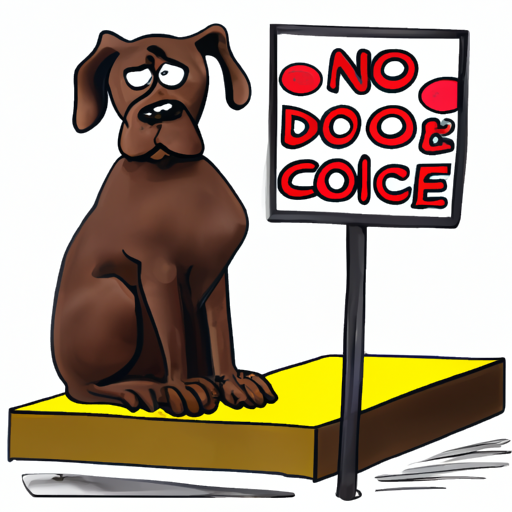The Chocolate Mystery
You’ve probably heard it before – chocolate is a no-go for dogs. But why? What’s in this delicious treat that makes it harmful to our four-legged friends? Chocolate contains a stimulant called theobromine, which is much like caffeine. While we humans can easily process theobromine, dogs process it much more slowly, leading to a build-up in their system that can lead to toxicity.
The Impact of Theobromine on Dogs
The theobromine in chocolate affects your dog’s central nervous system and cardiac muscle. This can lead to a variety of symptoms, including:
* Restlessness
* Increased urination
* Tremors
* Vomiting
In severe cases, it can even lead to seizures and heart failure. The severity of the symptoms often depends on the size of your dog and the amount of chocolate consumed.
| Dog Size | Risk Level |
|---|---|
| Small | High |
| Medium | Moderate |
| Large | Low |
Chocolate Types and Their Theobromine Levels
Not all chocolates are created equal. Some have higher levels of theobromine than others. For instance:
- Dark chocolate and baking chocolate contain the highest levels
- Milk chocolate and white chocolate have lower levels
Regardless of the type, no chocolate is safe for your dog.
What to Do if Your Dog Eats Chocolate
Don’t panic if your dog eats chocolate. Instead, take these steps:
- Determine the type and amount of chocolate consumed
- Contact your vet or a pet poison control center
- Follow their instructions
Remember, it’s always better to be safe than sorry.
Preventing Chocolate Consumption
As a caregiver, your dog’s health and safety is your primary concern. To ensure they don’t consume chocolate:
- Keep all chocolate out of your dog’s reach
- Educate your family members about the dangers of chocolate to dogs
- Be vigilant during holidays when chocolate is often present
Frequently Asked Questions
Is any amount of chocolate safe for dogs?
No. Any amount of chocolate can pose a risk, especially for small dogs.
What other foods are harmful to dogs?
Other harmful foods include grapes, raisins, onions, garlic, and xylitol, a sweetener found in many products.
Should I induce vomiting if my dog eats chocolate?
Only if instructed by a vet. Inducing vomiting improperly can cause other complications.
How long after eating chocolate will a dog show symptoms?
Symptoms usually appear within 6 to 12 hours.



